Sagittaria graminea
Scientific name: Sagittaria graminea
Family: Alismataceae
Maximum size reached under cultivation: 35 - 40 cm (13.78 - 15.75 inch)
014
Recommended pH range: 6.5 - 7.6
Recommended water hardness: 4 - 18°dGH (71.43 - 321.43ppm)
0°C 32°F30°C 86°F
Recommended temperature range: 18 - 25 °C (64.4 - 77°F)
Preferred propagation method: Runners
Native to: North America
Growth rate: Normal
Recommended substrate: Fine gravel
Lighting requirements: Medium
Ideal placement in tank: Midground
Origin
North America; this species is commonly found along the banks of streams, rivers, and wetlands in the United States and Canada.
Propagation
This plant propagates via runners. The mother plant produces horizontal shoots that develop small plantlets at intervals. Once these plantlets form roots, they can be separated and replanted elsewhere in the substrate. If the plant begins spreading too much in the tank, simply trim the runners before they mature.
Difficulty
Easy
Short Description
Sagittaria graminea is a hardy and adaptable plant that thrives both fully submerged and in shallow emersed conditions. In aquariums, it is often planted in the midground where it can form lush green clusters. It tolerates a range of water parameters and does not demand special care, making it suitable for beginners. Nutrient-rich substrate helps maintain vibrant growth; pale leaves may indicate nutrient deficiency.
FAQs
-
Can Sagittaria graminea be used in low-tech aquariums?
Yes, this plant performs well in low-tech setups without CO2 injection, as long as it receives medium lighting and a nutrient-rich substrate.
-
How do I prevent Sagittaria graminea from spreading too much?
You can control its spread by trimming the runners before the plantlets mature. Regular pruning helps keep it compact and prevents overgrowth in the tank.
-
Why are the leaves turning pale or yellow?
This is often a sign of nutrient deficiency, particularly iron. Supplementing the substrate with root tabs or adding liquid fertilizers can restore healthy coloration.
-
Can it be grown emersed in paludariums?
Yes, Sagittaria graminea grows well in emersed conditions and can even flower if grown in shallow water or humid environments like paludariums.
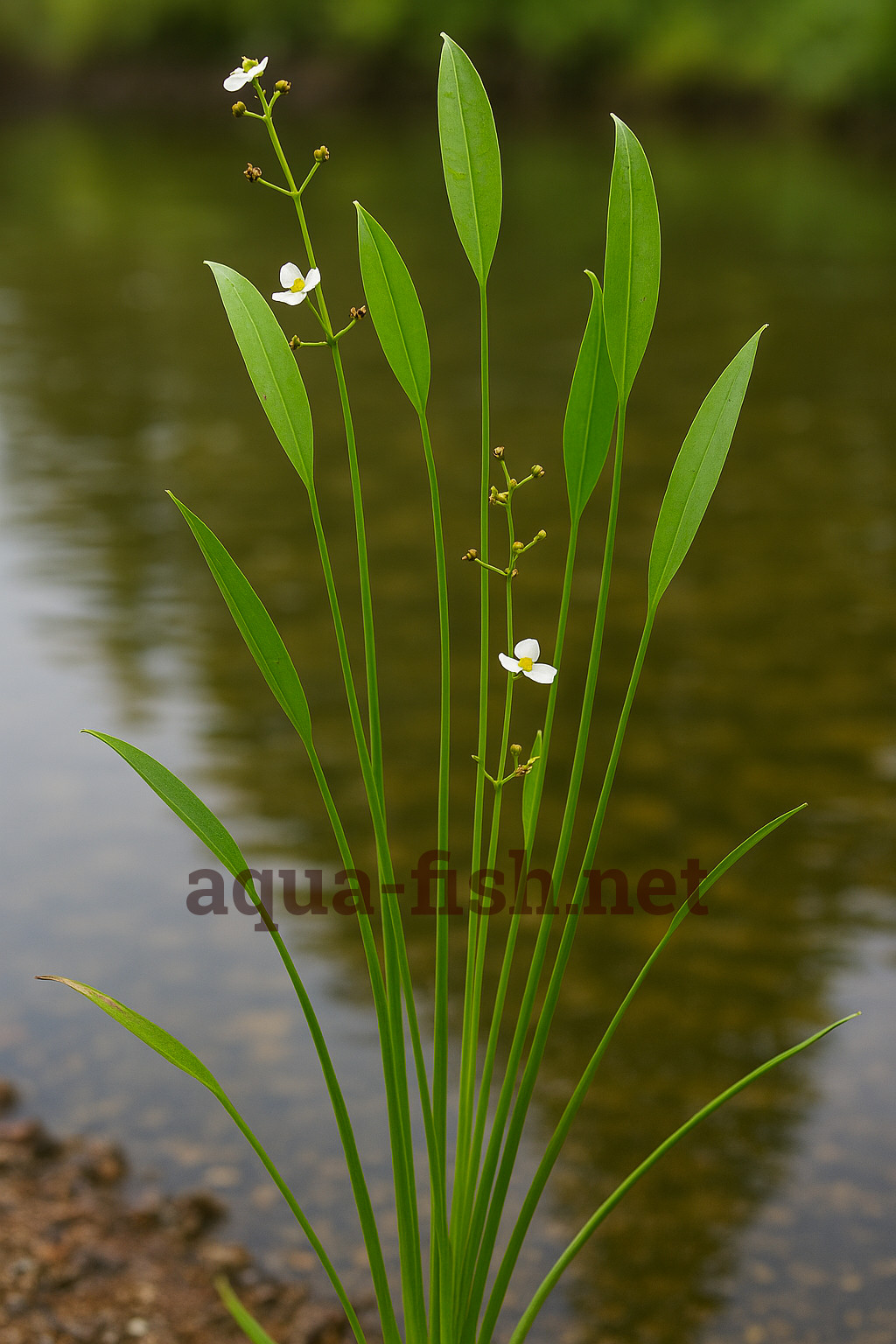
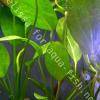 Echinodorus “Ozelot”
Echinodorus “Ozelot” Echinodorus “Red Flame”
Echinodorus “Red Flame” Echinodorus “Red Special”
Echinodorus “Red Special”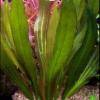 Echinodorus “Rubin”
Echinodorus “Rubin”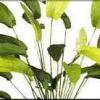 Echinodorus “Tricolour”
Echinodorus “Tricolour”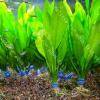 Echinodorus amazonicus
Echinodorus amazonicus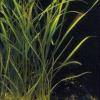 Echinodorus angustifolius
Echinodorus angustifolius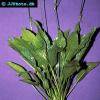 Echinodorus bleheri
Echinodorus bleheri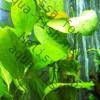 Echinodorus cordifolius
Echinodorus cordifolius Echinodorus grandiflorus
Echinodorus grandiflorus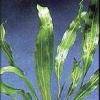 Echinodorus horemanii
Echinodorus horemanii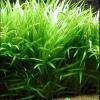 Echinodorus latifolius
Echinodorus latifolius Echinodorus macrophyllus
Echinodorus macrophyllus Echinodorus major
Echinodorus major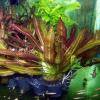 Echinodorus osiris
Echinodorus osiris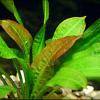 Echinodorus parviflorus
Echinodorus parviflorus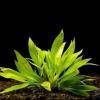 Echinodorus quadricostatus
Echinodorus quadricostatus Echinodorus schlueteri
Echinodorus schlueteri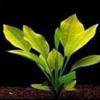 Echinodorus subalatus
Echinodorus subalatus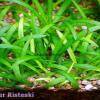 Echinodorus tenellus
Echinodorus tenellus Echinodorus uruguayensis
Echinodorus uruguayensis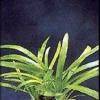 Sagittaria platyphylla
Sagittaria platyphylla Sagittaria subulata
Sagittaria subulata